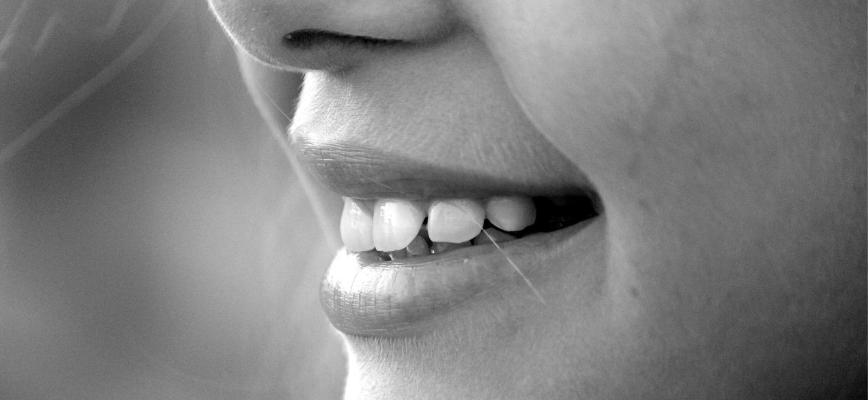It seems that these days orthodontic braces are a fashion item amongst tweens and teens, with some kids even making fake ones. Some simply can’t wait to have their braces fitted. Maybe it is because it is a very visual indication that they are growing up and that their childhood years will soon be behind them.
I know that my child could not wait visit the orthodontist in Winchester when the dentist told her she might need braces. With children so keen how is that we know for sure that our child actually needs orthodontic braces and what to they actually do?
Why do children need orthodontic braces?
There are many reasons why your child might need braces, and I can assure you that “because they are a fashion item” is not one of them. Here are some of the signs that your child could benefit from braces:
- Irregularly early or late loss of their baby teeth
- If the teeth are crooked, or overlapping
- If there are blocked out teeth
- If the mouth is overcrowded with teeth
- If there is biting of the roof of the mouth or the inside of the cheeks
- If the teeth don’t meet or are out of line (an overbite or underbite)
- If the jaw moves or makes sounds when it moves
Often the need for orthodontic braces is simply inherited from another family member, so if you had to have braces then it is likely that you child will need them too.
In more unusual circumstances the need for braces could arise from tooth decay, as the result of an accident, or from a habit like thumb sucking.
When will it become noticeable that my child needs braces?
What is an orthodontist?
How old should my child be for their first orthodontic visit?
Problems such as an uneven bite or overcrowding of the teeth do not become evident until adult teeth have started to come through, so there is no point in seeing an orthodontist until that time. This is usually around the age of 7, but of course will be dependent of the rate of development in your child.
If you have been referred to an orthodontist early this doesn’t necessarily mean that orthodontic braces will be prescribed straight away. It may be that the orthodontist needs to monitor the growth and alignment of the adult teeth as they come through.
How to braces work?
Braces work by gently exerting pressure, over a period of time, to align the teeth.
Orthodontic treatment can straighten teeth that are still growing or that have already grown out of place.
Braces have four basic parts:
- Brackets – a small bracket is attached to each tooth
- Bonding – this is the material that is used to attach the bracket to the tooth
- Arch Wire – this is the thing metal wire that runs along the teeth through each of the brackets
Are there different types of braces?
The simple answer is yet, but most children simply need braces with wires as described above. It is usual that this style of brace is made from metal, however clear and white ceramic varieties are now available. These, or course, are a lot less noticeable.
There are also removable braces, where the wires are attached to a plastic plate that sits in the mouth. These can also be called aligners or retainers and are removable for eating and cleaning. They are not generally suitable for someone with a bite problem.
Some alignment problems may require the use of headgear, which attaches a horse-shoe shaped wire to the back teeth. This is so that back teeth can be pushed further back to allow more room for the teeth at the front of the mouth. This headgear would only be worn at night.
Once your child’s braces have been fitted there will be regular visits to the orthodontist to monitor the progress and to make regular adjustments to the braces.
How long will my child’s orthodontic treatment take?
As with any medical or dental treatment the length of the treatment will depend on the severity of the problem. However the average length of orthodontic treatment is approximately 2 years. After that there is the possibility that you child will have to use a retainer until the teeth have settled down and stopped moving.
If you think that your child may need orthodontic treatment, don’t ignore it. It is important that it is addressed as crooked teeth are harder to clean which means cavities and tooth decay become more likely.
In some cases crooked teeth can even affect speech or alignment of the jaw which can become painful and uncomfortable.


